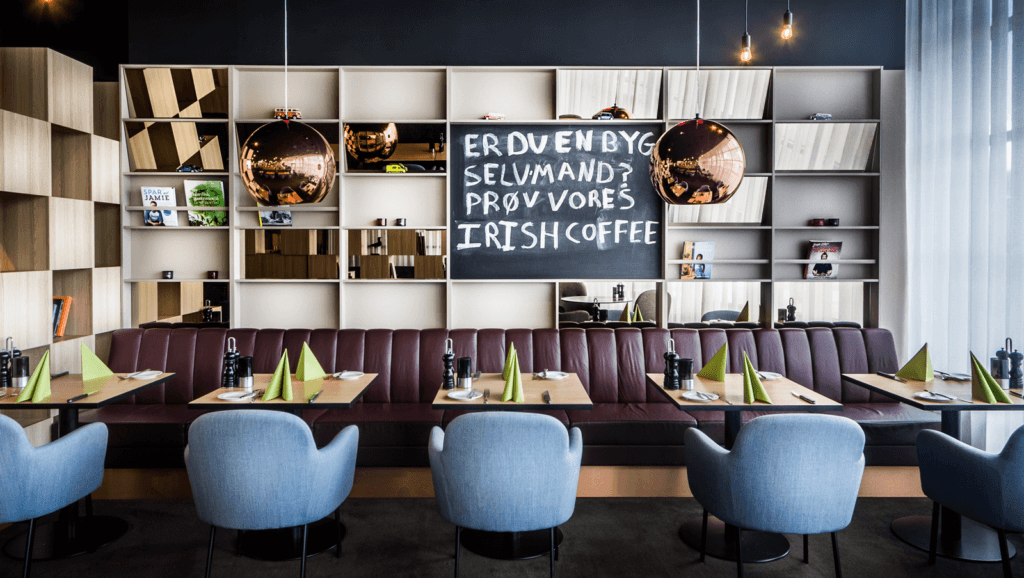
Profitability in food and beverage (F&B) dropped by over 30% in the last five years. Operating with increasingly tight margins, many hotels can no longer support loss-making business units, yet F&B remains a pivotal service for the industry. It’s time to take action to improve the bottom line and remove revenue leakage.
NB: This is an article from Guestline
Subscribe to our weekly newsletter and stay up to date
The current market conditions for hotel F&B are exceptionally challenging. While Revenue Per Available Room (RevPAR) is up by 17% in Europe compared to January 2020, F&B revenue increased just 5%. But what does that mean in real terms?
In 2018, hotels’ F&B profit margin stood at an average of 32%, but fast-forward five years and this fell 10 percentage points to 22%. Cost increases due to inflation in the supply chain is certainly one eroding factor, but we also have to consider rising utility costs and labour costs.
In the UK, it’s not going to get better any time soon – the UK National Living Wage has just increased, and faced with ongoing staff shortages, hospitality companies are having to pay more to attract and retain teams. This highlights the need to ensure more intelligent cost controls across the business which improve profitability and drive operational efficiency.
The challenge at hand
F&B is a key contributor to hospitality’s decreasing GDP contribution in the UK, and with the challenging state of staffing and retention coupled with rising guest expectations, industry leaders need to urgently deal with the problem. To find the solution, we need to factor in ongoing challenges:
- Total utility costs per available room have doubled between 2019 and 2023
- UK business rates increased in April 2024, adding 6% to total expenses
- Regional hotels are more severely impacted, due to their cost inflation being less well covered by RevPAR growth than London hotels.
Consumer behaviour and attitudes to F&B have shifted since the pandemic, with some outlets struggling to keep pace. These include:
- Increased number of kiosks and grab-and-go venues
- Reduced menu choices and operating hours of remaining F&B venues
- A drop in in-room dining and mini-bar usage
Such is the change in guest expectation that the hotel industry’s cookie-cutter approach to F&B no longer cuts it. Hotel restaurants are competing with local authentic restaurants, as well as delivery services like Deliveroo and UberEats for diners.
It’s time to stand out of the crowd and differentiate your F&B offering in your area.
Addressing lost income
Revenue leaks in hospitality F&B are varied, including no-shows or – even worse – an increase in ‘dine and dash’, food waste, and overstaffing. Some of these are harder than others to prevent.




